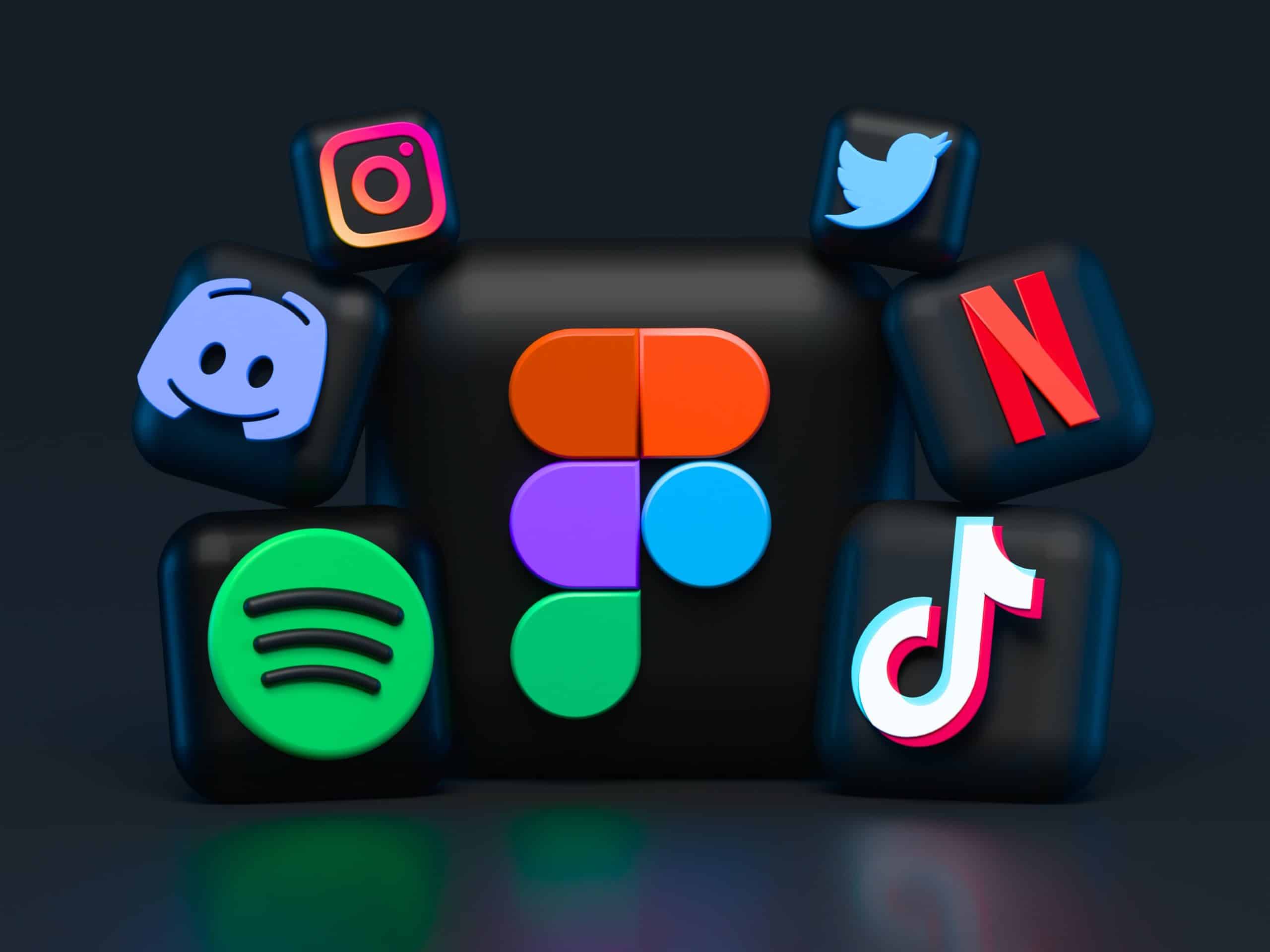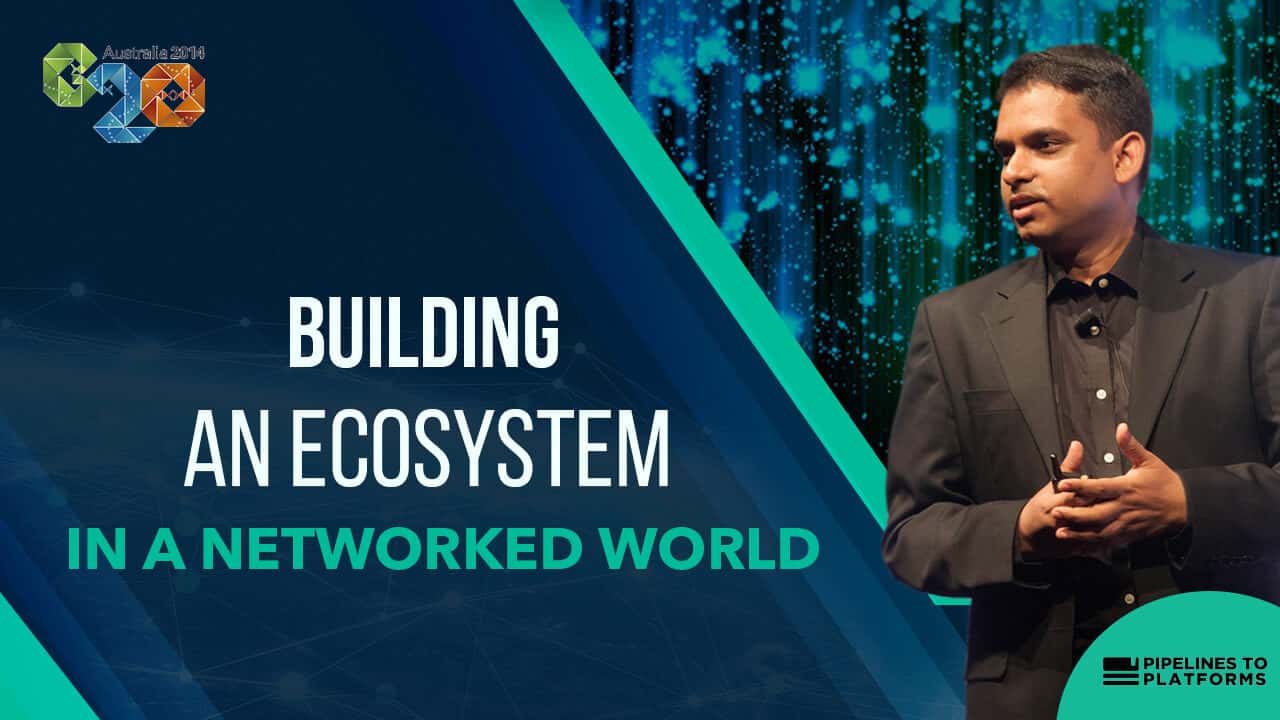Growth
How Groupon solved the critical mass problem and got a thousand clones
The key success factor for Groupon has been its ability to spark the first transaction. Many startups set out to create 2-sided networks but die an early death because they can never hit the critical mass that is required to spark a transaction. All too often, they suffer from The Mutual Baiting Problem: how do we get both buyers and sellers, and why will one come without the other.
Transactions start scaling on most platforms when there is enough selection for the buyers, which requires a good number of sellers. And that is why transactions often never scale as the critical mass of buyers and sellers to enable selection and variety is never reached.
Until a marketplace hits critical mass, users face two pain points:
1. Buyers don’t find what they’re looking for and never return
2. Sellers do not see any buying activity and do not list their wares
Focus on the transaction
Groupon solved this by doing two things very well:
- Solving for the buyer: Focusing on a specific transaction and attracting buyers to a current and live transaction rather than a (dead) marketplace with a potential for future transaction. Groupon never had a ghost town problem. With only one transaction hosted per day (initially), the consumers visiting the site had a clear call to action, instant gratification with the groupon available for download and an incentive to spread the word among other consumers (initially because a deal needed to gather demand to tip and go live, and later by incentivizing users if their referrals bought deals).
- Solving for the seller: Allowing the seller to back out if a minimum number of buyers were not achieved. This minimum number is, to some extent, at the discretion of the seller.
Groupon achieved two things very well: It reduced the critical mass for a transaction to a small and easily achievable number (One seller and as many buyers as are required to hit the tipping point, often less than 30). Secondly, it focused on the transaction.
It’s so simple and intuitive, it’s almost strange that such few marketplaces in the past seeded their marketplace with the lure of an immediate transaction.
Alleviate concerns with usage to spark transactions
When PayPal started building out its payments network, it faced not only the problem of getting both sides in but also faced multiple concerns regarding online payments which were still new as a concept. One of the moves that helped PayPal gain traction early on was creating immediate gratification. New users on the system were excited about the fact that payments transfer was immediate without the end user having to worry about the risk of fraud. While this resulted in a crazy burn rate for the company, it solved the two key concerns that online users had.
In the case of non-marketplace platforms, lack of interactions may not instantly hit the top-line but can lead to engagement problems
Feel Free to Share
Download
Download Our Insights Pack!
- Get more insights into how companies apply platform strategies
- Get early access to implementation criteria
- Get the latest on macro trends and practical frameworks
Bring in the neighbors
In the case of non-marketplace platforms, lack of interactions may not instantly hit the top-line but can lead to engagement problems. Users, very often, sign onto a new community and have nothing to do (largely because they don’t have friends). Facebook discovered this problem when it realized that users typically got active on the network once they had ten friends or more. There was simply too little opportunity to spark interactions before that point. As a result, Facebook started recommending possible friends with the “People You Might Know” feature leading to faster spread of its network. Twitter users have a similar problem when they sign on for the first time; their feed is empty. Twitter solves this by recommending Twitter accounts worth following.
Attack of the Clones… and why?
Groupon has several other problems with its business model (I could go on and on about that) but there are very few actual implementations of two-sided markets out there which started showing transactions from Day 1. That is largely the reason this model gets cloned so fervently; because the clones usually feel that solving the transaction sparking problem is an end in itself.
But here’s the problem. While starting off a revenue engine becomes easy with instantly sparked interactions, scaling it becomes difficult. In reality, while the transaction problem gets solved initially, the poor level of self-serve for the merchant side prevents this from being a very scalable model. In contrast, when a marketplace like Etsy reaches critical mass, transactions occur much more sustainably.
This remains a key problem for most startups. Do you have any interesting cases of how you solved this problem?
State of the Platform Revolution
The State of the Platform Revolution report covers the key themes in the platform economy in the aftermath of the Covid-19 pandemic.
This annual report, based on Sangeet’s international best-selling book Platform Revolution, highlights the key themes shaping the future of value creation and power structures in the platform economy.
Themes covered in this report have been presented at multiple Fortune 500 board meetings, C-level conclaves, international summits, and policy roundtables.
Subscribe to Our Newsletter













